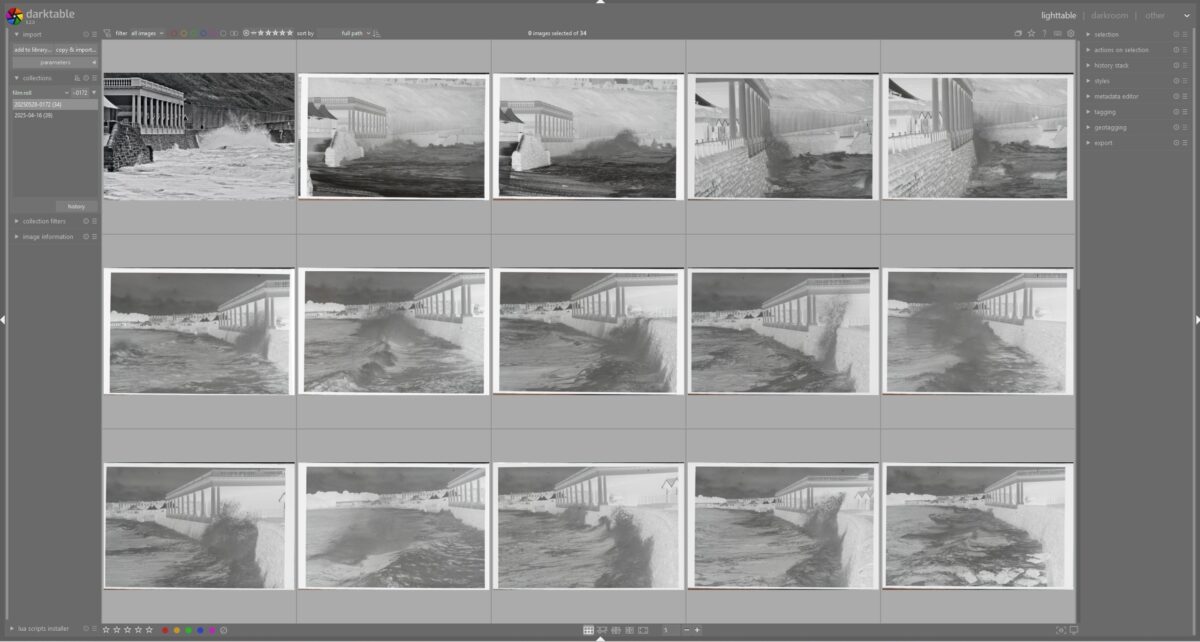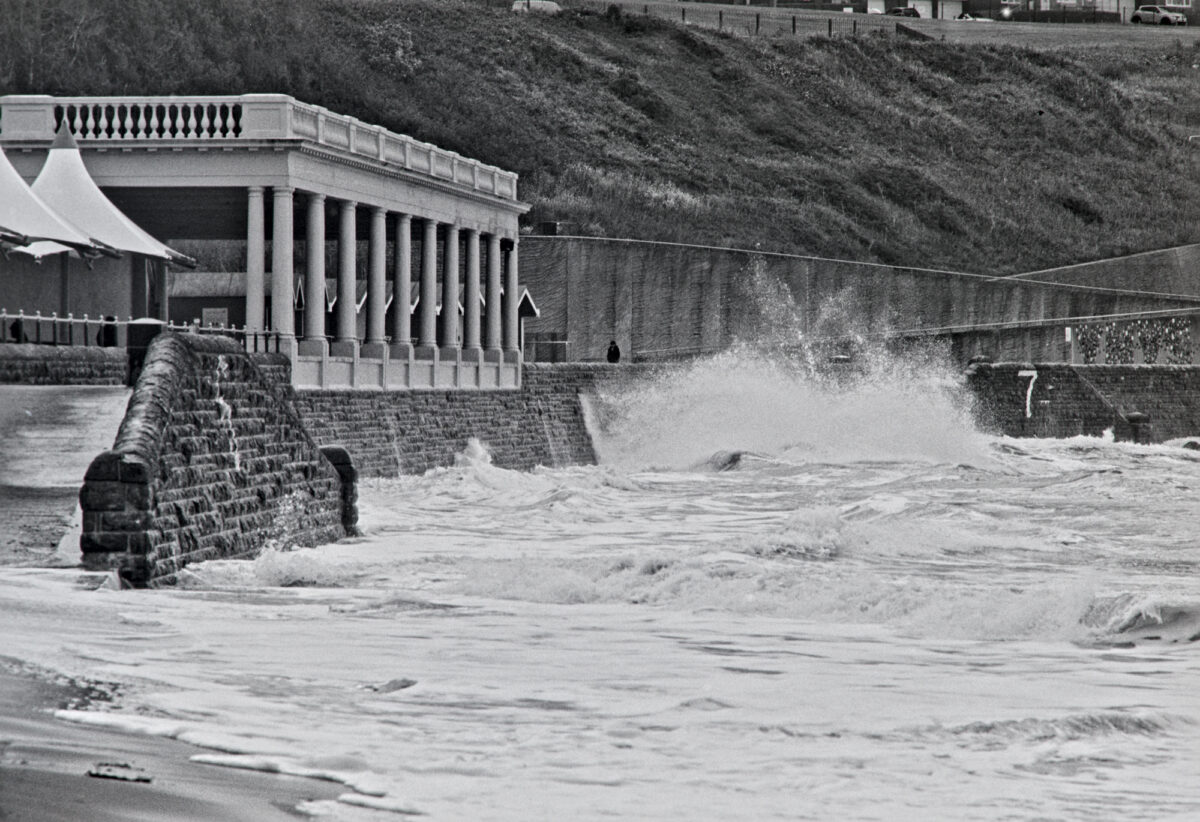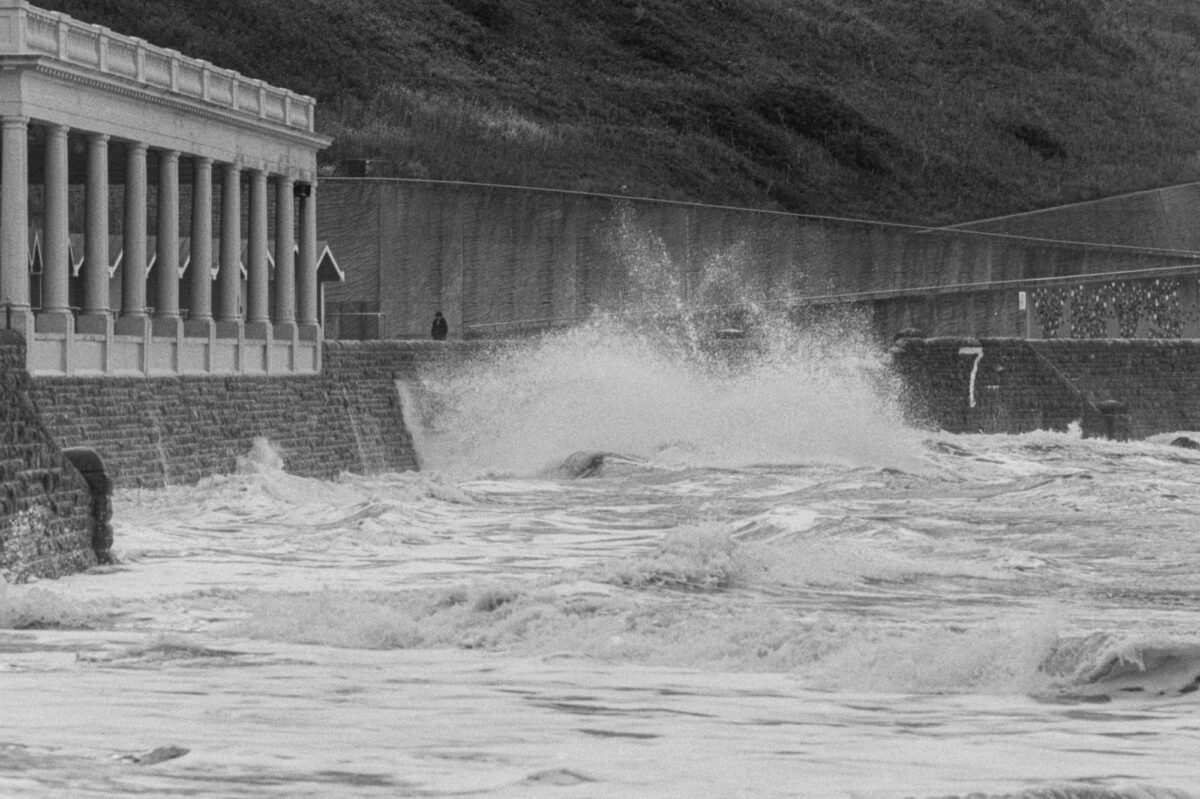I’ve been using Adobe Photoshop and Lightroom for many years to edit film scans and digital photos. Up until 2½ years ago I was using Lightroom 4.1 and Photoshop Elements, neither of which required a subscription. Then in November 2023 I bought a one-year licence for their 20Gb Plan, which included Lightroom Classic and Photoshop, in an Amazon Black Friday sale for around £60-odd, and again in November 2024. Although I don’t like the idea of having to renew every year, £60-ish per year doesn’t seem too bad.
However, Adobe have made changes to their pricing – the 20Gb plan is no longer available to new customers, and as an existing customer I would have to pay a fee of £120 to Adobe to renew annually. It will no longer be available through third parties such as Amazon.
So I’ve started looking for alternatives, and Darktable looks promising, especially as it is open source and completely free.

At first glance it looks similar to Lightroom, but it works quite differently. It’s more complicated, but in many ways more powerful. From my point of view, a major plus point for Darktable is that it has a ‘negadoctor’ module that can be used to invert negatives that have been ‘scanned’ with a digital camera. So I could save on the cost of Negative Lab Pro (which I haven’t as yet purchased), as well as the cost of the Adobe subscription.


The photo on the left above was processed within about an hour of installing Darktable, and without knowing what I was doing! So despite the complexity it is possible to muddle through and get things done in Darktable, although I would certainly need to take a crash course before using it fully.
One big problem is that in Windows you can’t print directly from Darktable so you would need to export the file and print in another application. However, I have Linux Mint installed on one of my computers, and the Linux version does have a print module, so I could use that. It’s not my main office computer so it would be a bit of a pain, but doable.
We shall see…



Leave a Reply